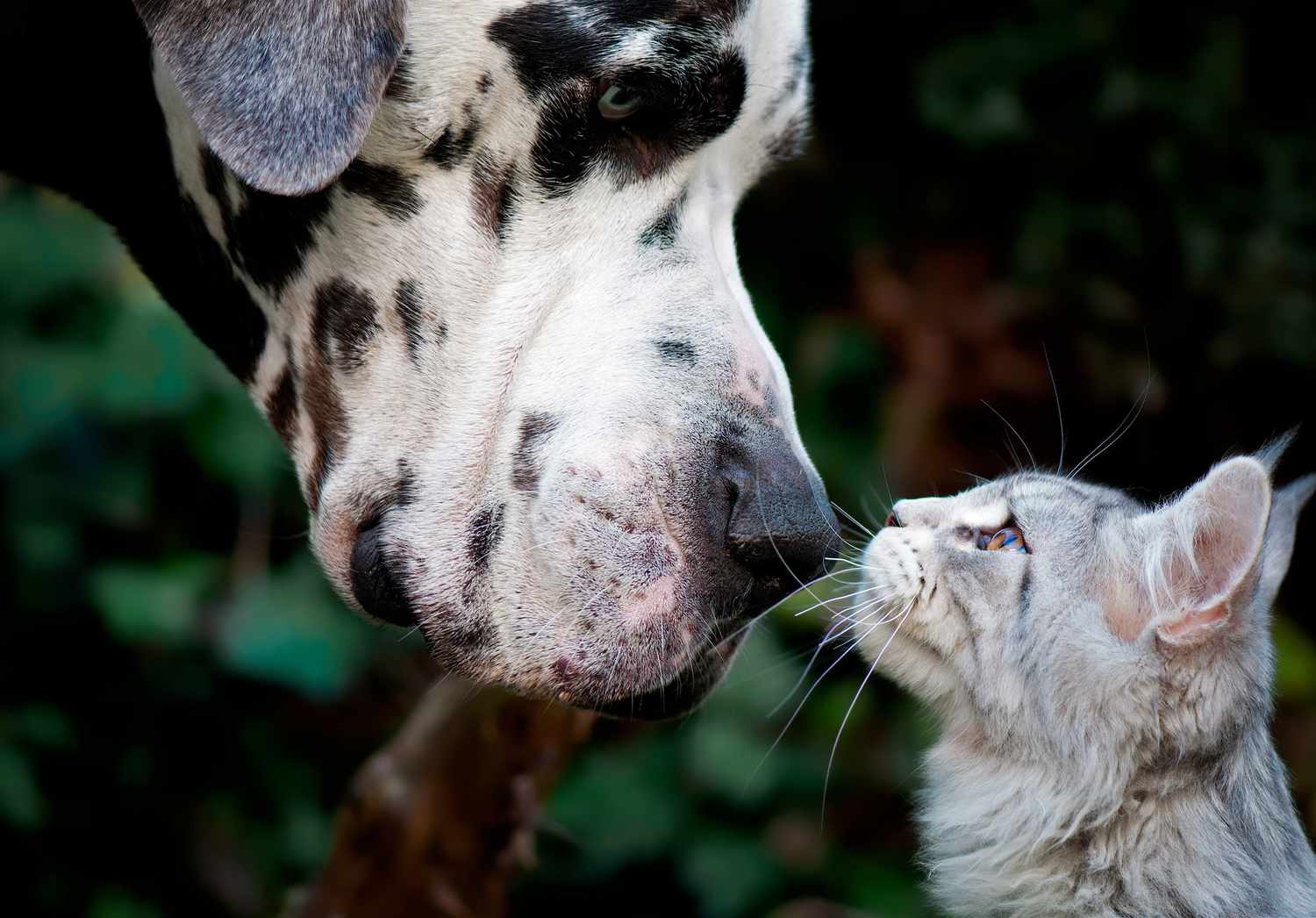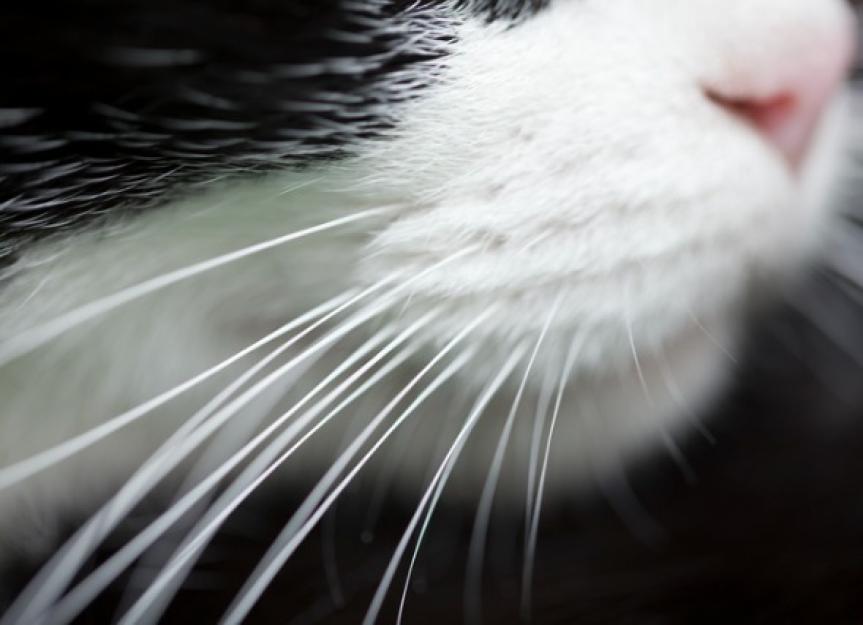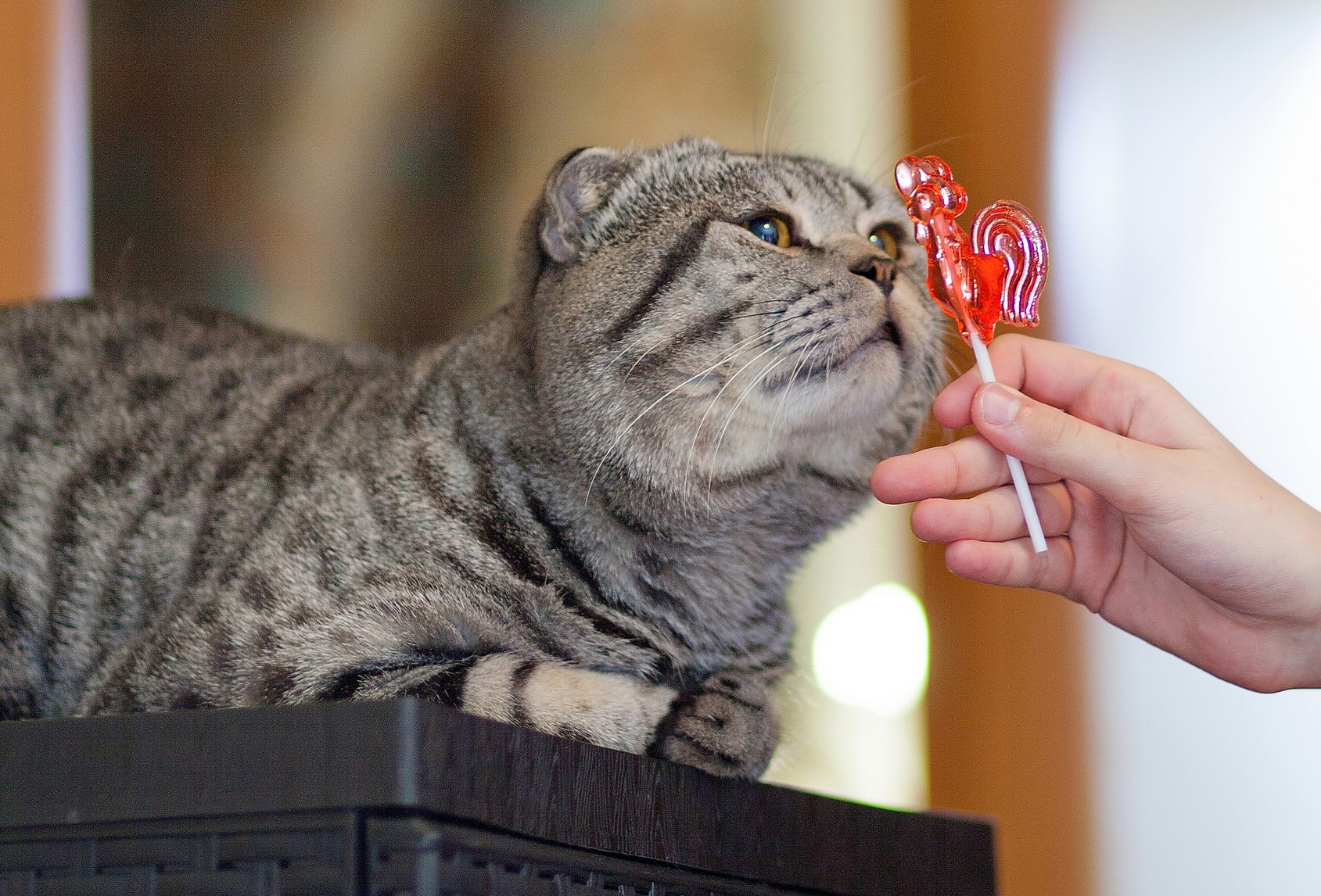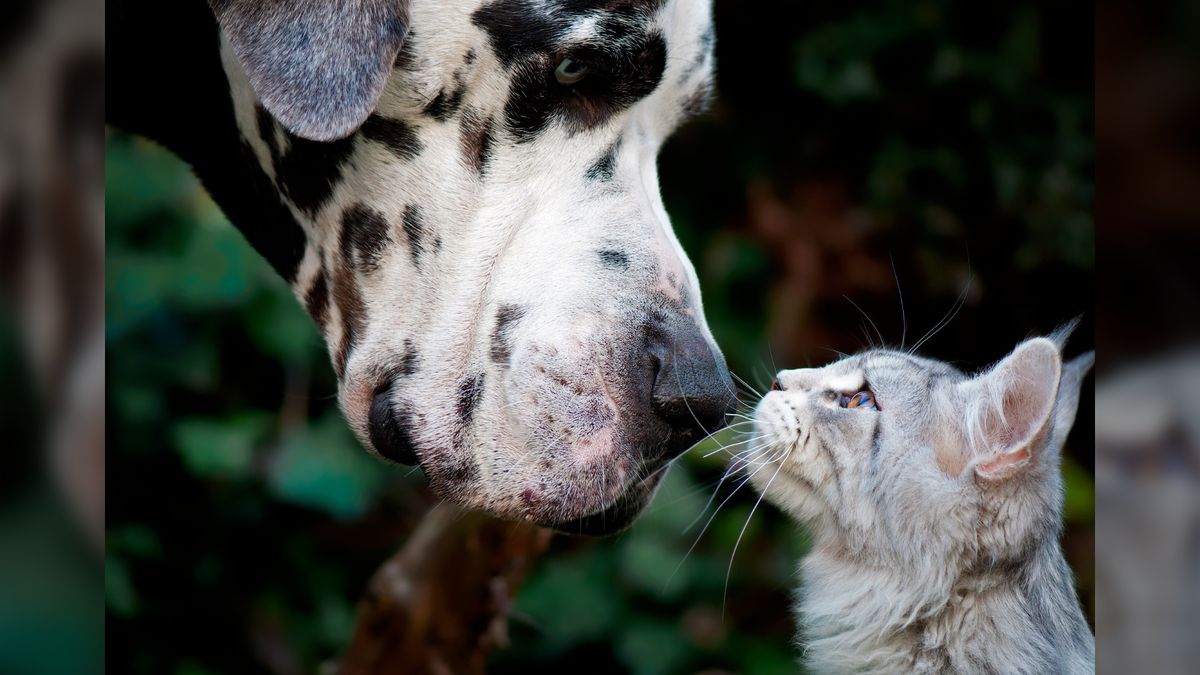# Whiskers of Wisdom: 20 Mind-Blowing Facts About Our Furry Feline Friends That Make Cats Extraordinary
Exploring the world of our feline friends reveals interesting capabilities and behaviors that make these creatures special companions. Cats have interested human hearts for millennia, yet many of us barely understand what makes these animals unique. From their physical abilities to their curious habits, these facts about cats will change how you see your cat.
What makes cats remarkable isn’t just their appearance or playful actions, but the evolutionary adaptations they’ve developed over thousands of years. Did you know that house cats share 95.6% of their genome with tigers? Or that they possess an extra organ for tasting scents that humans don’t have? These facts about cats show why they have become popular pets worldwide, with approximately 88 million cats residing in American homes alone. The more we learn about these creatures, the deeper our appreciation grows.

- A cat in mid-jump, showcasing the incredible agility that defines feline physiology. Source: cvillecatcare.com
Our feline companions possess remarkable physical characteristics that set them apart from other animals. Unlike humans who have 206 bones, cats have 230 bones, including collarbones that don’t connect to their other bones but remain buried in their shoulder muscles. This unique feature contributes to their flexibility and agility. Even more interesting, cats possess an extra organ called the Jacobson’s organ that allows them to taste scents on the air. This explains why your cats sometimes stare at you with their mouths slightly open—they’re actually gathering additional sensory information about their environment!
The way cats move through their world is impressive. Have you ever noticed how silently your pets navigate your home? Cats walk like camels and giraffes, moving both right feet first, then both left feet—a gait no other animal shares. Their thick, soft paw pads enable them to move almost noiselessly, a trait that serves both wild and domestic cats when hunting. A cat’s impressive jumping ability allows them to leap up to six times their own length! This athleticism, combined with their excellent balance from their long tails, makes cats great climbers and explorers. Many cat parents marvel at their pets’ ability to perch confidently on narrow ledges or navigate complex vertical spaces with ease.

- A close-up of cat whiskers, highlighting the delicate tools cats use for communication and exploration. Source: cvillecatcare.com
Communication among cats is more complex than many pet owners realize. While dogs have approximately 10 different vocalizations, cats can produce nearly 100 distinct sounds. This extensive “vocabulary” allows cats to express a wide range of emotions and needs. Interestingly, cats developed meowing specifically to communicate with humans, not with other cats. In the wild, adult cats rarely meow to each other, reserving this communication almost exclusively for their human companions. Each cat creates a unique language with their owner, developing specific vocalizations that mean different things to their favorite humans.
The body language of cats speaks volumes about their emotional state. When your pets slow-blink at you, they’re not just being drowsy—they’re expressing a sign of contentment and trust. When cats rub their faces and bodies against you, they’re not just showing affection; they’re marking you as their territory using special scent glands. The position of a cat’s tail also communicates volumes: a question-mark shaped tail asks “Want to play?” while a straight, almost vibrating tail indicates extreme happiness. Understanding these communication cues helps cat parents develop deeper connections with their pets and respond appropriately to their needs.

- A curious cat sniffing fruits, illustrating the intriguing fact that cats are indifferent to sweets due to their unique taste receptors. Source: cvillecatcare.com
The sleeping and grooming habits of cats offer insights into their health and wellbeing. Studies show cats typically sleep for 12 to 16 hours daily, with some spending up to a third of their waking hours dedicated to grooming. This grooming routine isn’t just about cleanliness—it stimulates blood flow to their skin, regulates body temperature, and helps them relax. Many cat parents notice their pets seem particularly active at dawn and dusk; this occurs because cats are crepuscular creatures, naturally programmed to hunt during these transitional periods when their prey is most active.
Understanding cats’ dietary needs and preferences is essential for proper care. Despite popular belief, many cats are actually lactose intolerant, making milk a potentially harmful treat. Concerning foods include grapes, raisins, onions, garlic, and chives, which can cause serious health problems ranging from gastrointestinal distress to kidney failure. Responsible cat parents should know that spaying and neutering extends feline lifespans significantly—studies found that neutered males live an average of 62 percent longer than unneutered cats, while spayed females live an average of 39 percent longer than their unspayed counterparts. These facts demonstrate how proper care dramatically improves both the quality and length of their lives.

- Highlighting the complexity of a cat’s mind, with neurons firing in their cerebral cortex. Source: cvillecatcare.com
Throughout history, cats have played remarkable roles in human society. In the political sphere, both Abraham Lincoln and Bill Clinton were cat enthusiasts, with Lincoln keeping four cats in the White House and Clinton’s cat Socks reportedly receiving more letters than the president himself! In the historic district of Talkeetka, Alaska, an orange tabby named Stubbs served as honorary mayor. Beyond politics, cats have proven their practical value as working animals. In cities worldwide, cats are frequently employed in food stores as pest control, while at Disneyland, approximately 200 feral cats prowl the grounds keeping rodent populations in check.
The intellectual and physical capabilities of cats often surprise even dedicated cat parents. Research suggests a cat’s learning style is comparable to that of a 2-3 year old child, demonstrating significant cognitive abilities. Physically, domestic cats are astonishingly fast—a house cat could theoretically outrun Olympic sprinter Usain Bolt in the 200-meter dash! Perhaps one of the most medically intriguing facts involves their purring. A cat’s purr vibrates at a frequency of 25 to 150 hertz, which happens to be the same frequency at which muscles and bones repair themselves. This has led some researchers to speculate that purring might serve as a natural healing mechanism, potentially explaining why cats recover from injuries more quickly than many other animals. These capabilities showcase why cats have remained beloved pets for thousands of years.
The domestication of cats represents one of humanity’s longest partnerships with another species. Archaeological and genetic studies suggest that domesticated cats first appeared around 3600 B.C., likely beginning in the Near East as humans developed agricultural settlements that attracted rodents. Cats, drawn to these rodent populations, gradually formed mutually beneficial relationships with humans. Unlike many domesticated animals, cats essentially domesticated themselves by recognizing the advantages of human proximity. This unique history explains why even household pets retain many behaviors of their wild ancestors—from hunting techniques to territorial marking.
Cat parents often observe quirky behaviors that seem puzzling but actually reveal aspects of feline psychology. The tendency of cats to present owners with “gifts” of captured prey stems from their instinctual behavior as hunters and providers. Similarly, when cats knead surfaces with their paws—often described as “making biscuits”—they’re displaying a behavior that originated in kittenhood to stimulate milk flow from their mothers. Even the curious habit of cats squeezing into small spaces, boxes, or bags reflects their need for secure hiding spots from which they can observe their surroundings safely. These facts about cats demonstrate how modern feline behavior connects directly to their evolutionary past, making these creatures even more interesting to those who share their homes with them.
